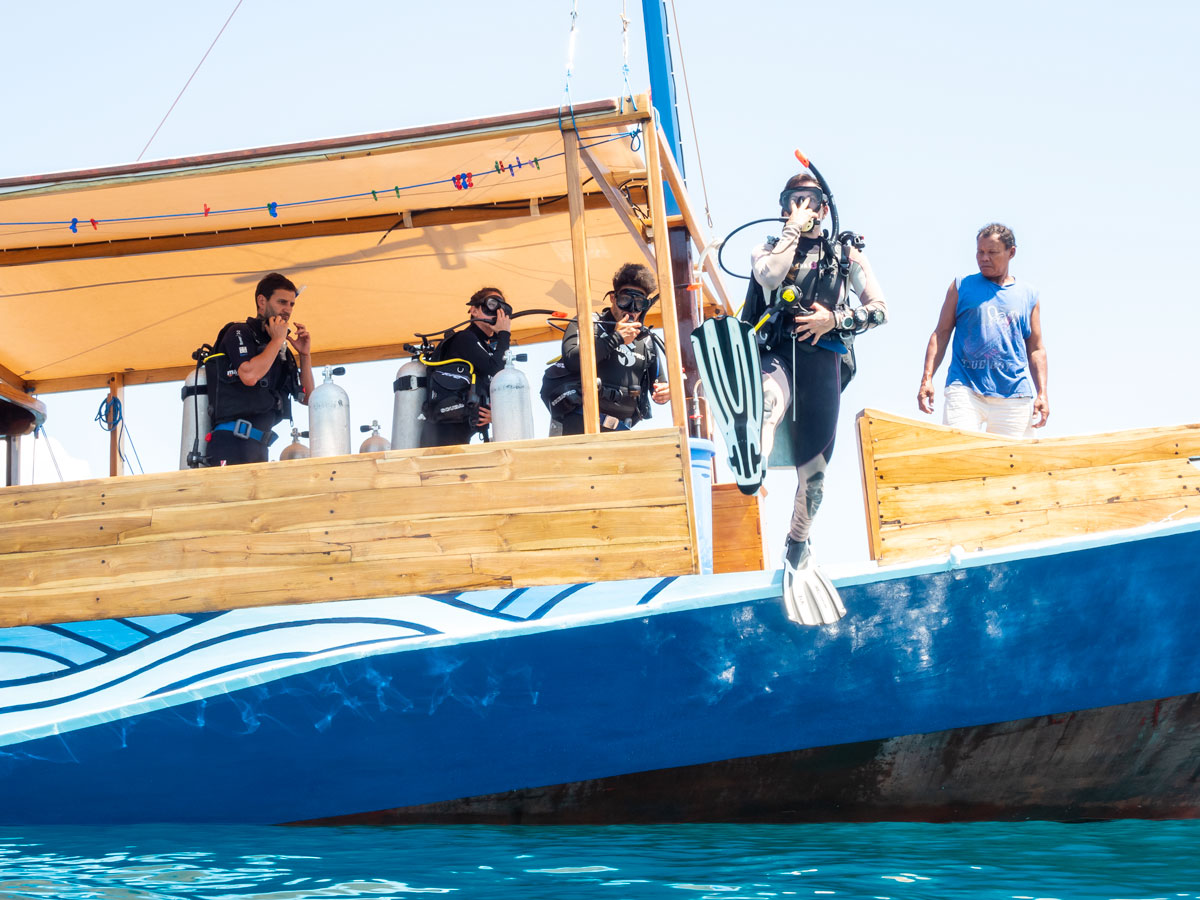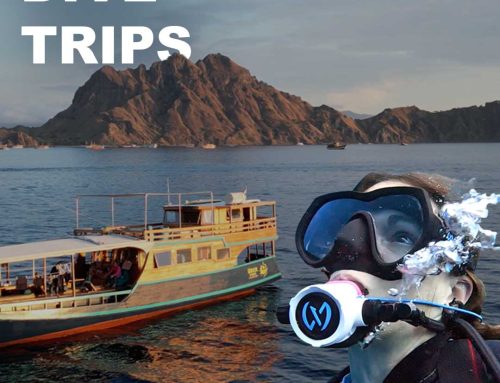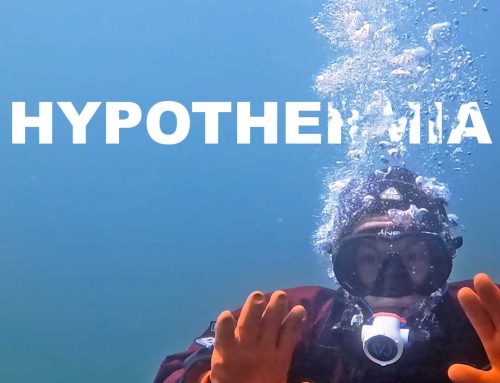Without a doubt, regular and adequate maintenance of your diving equipment will help you maintain its good condition for regular use. Keeping up with scuba gear maintenance will also extend its life significantly which is important for such a huge investment.
Therefore, having some basic notions about the maintenance and tuning of your scuba equipment is highly recommended for our own safety and problem solving.
What to do with your scuba equipment
This is a point that is not usually covered fully in basic diving courses. Therefore it is common to not always have the minimum knowledge required to improve the operation of equipment and in turn, your safety during dives.
The first thing is that if you have not used your scuba gear for a long time, it will be essential to make a good check of the whole equipment. This is in order to make sure it is ready for use for your dive trip. Nobody likes to have to cancel a planned dive because something has failed.
Keeping the diving equipment ‘like new’ for as long as possible depends solely on the owner. This can be really simple; you just have to follow a series of basic rules.
Logically, it’s not necessary to be able to perform complicated specialized scuba gear maintenance tasks. However, it is highly recommended that you be able to check simple items such as O-rings, hoses, pressure gauges, vests, etc.
Main rules for good scuba gear maintenance
There are elements of the equipment that will require very special care and will even require a professional check carried out by specialized technicians. However, your responsibility as the owner is to know a series of general rules which keeps the equipment in shape. When performing this regular maintenance, keep in mind which are the dive equipment’s enemies:
- Saltwater: acts as a true corrosive for diving material. Therefore, after a dive, always clean the equipment with plenty of freshwater. This is even more important when you are going to stop using it for several months. Freshwater cleaning is a priority. After rinsing it, let the equipment dry completely in a cool, shaded and well-ventilated area before storing it.
- The sun: any element that is left in the sun for a while will be virtually unusable. The sun wears out the materials with which the equipment is made, accelerating its deterioration. That is why the best practice is to store equipment in the shade at all times. If you do not have shade on the way to your dive, cover the equipment with a towel to reduce the impact of the sun.
- Dirt: Sand, algae, and other foreign particles can ruin your equipment.
- Oxidation: Certain parts of the equipment can rust if left with moisture. It is so important to properly dry all parts before storing them and ensure that the storage area is properly ventilated.

Always keep a sequence when caring for equipment
Rinsing with freshwater
- Take care of the more delicate items first: the computer and the regulator mainly, but also cameras and equipment of this type.
- Wash the BCD
- Finally, clean the rest of the equipment which includes wetsuit, booties, fins and other accessories.
The wetsuit
Neoprene can be especially susceptible to damage caused by UV rays, so you should be very careful to keep it in the shade.
Wash it with fresh water after use. Be very careful with the inflation and deflation valves of drysuits.
Dry it in the shade, in a ventilated place. During drying, make sure to place the hood down so that no water puddles are stuck in the suit. Before storing it, you should check that it is perfectly dry.
If you are not going to use it for a relatively long period of time, treat it with a full wash. Machine wash, with a short cycle with no centrifugation. Also, ensure the water is no hotter than 30 ° C. Use a delicate, biodegradable detergent.
Lubricate the zip fasteners with spray silicone or the specific product recommended by the manufacturer.
Store it in a cool, dry place away from sunlight.
It is best to keep it hanging, to avoid bends that may end in cracks.
The regulator
It is a good idea to conduct professional reviews of your regulator every 80 dives or every 2 years (depending on the number of dives that are made). It is the only way to guarantee the correct functioning of your regulator, which is super important to your safety. A leaking regulator or an O-ring leaving a bubble trail is not ideal when starting a dive. Therefore, an adequate pre-dive check is a minimum measure that everyone should complete.
The first rule, as stated before, is to wash it properly and with fresh water after each dive. Of course, before doing so, put the cap on the first stage connection to prevent water from entering.
When you are sure that you have removed any remaining salt or residue, dry it and then hang it in the shade, in a dry place. Hang the regulator with the second stage down, to drain any possible remaining water that may have remained in the hoses.
In addition to this, it is important to respect three golden rules in the regular use of the regulator:
- For transport, keep it separate from the rest of the equipment and ‘best practice’ put it in a regulator bag.
- Do not handle the tanks by the regulator (even while in the water).
- Never leave the regulator exposed to the sun or high temperatures.
- Between servicing, it never hurts to verify that the regulator does not have strange whistles or noises when inhaling.
- Pay attention to the condition of the conical filter of the first stage. If it is rusted or has residues, send the regulator to be serviced as soon as possible.
The Jacket or BCD
The BCD is essentially a balloon which means water can get inside of it, especially when you use any of the overpressure valves. Saltwater is the biggest enemy of your BCD.
Remove all saltwater from the BCD after the end of the dive. In addition to rinsing the BCD on the outside, pour freshwater inside of the bladder. You can do this by filling it up via the inflator hose.
When you soak the BCD after diving, press the inflation and deflation buttons with the vest underwater to remove all salt, sand or debris that has been trapped inside.
Inflate the vest with your mouth and, while submerged, pull each of the evacuation valves to remove all debris that has been trapped around them.
Then, fill the BCD orally. Hold the vest and turn it so that the freshwater spreads inside and covers all the inner surfaces of the bladder.
Hang the vest on a properly strong hook and pull the lower drain valve (or hold the vest upside down and press the deflation button) to allow water to escape. Repeat the process until you are sure that there is very little water or no water, and then partially inflate the vest for storage.
Mask, snorkel, and fins
Finally, be careful with these parts of the equipment, especially when storing them. Do not crush them with other, heavy equipment. Maintain the form of each item. For example, the box in which the mask came, will help prevent other equipment from hitting or deforming the lenses or the silicone.
Follow these tips and you are sure to have your equipment for a long, dive-full life!
Sergio Palazuelos
PADI #MSDT 345513
Azul Unlimited
Azul Unlimited
We teach responsible scuba divers and ocean protectors. The brand is run by PADI IDC Staff Instructor Sarah Valdez who teaches scuba diving in person and on YouTube. Now she travels around the states and Mexico in her van scuba diving in new and different places. Follow her adventures on YouTube, Instagram, Facebook, and TikTok or join the Azul scuba community on Patreon.
Azul Unlimited is partnered with Azul Komodo, a top PADI IDC Center in Labuan Bajo, Indonesia offering daily dive trips to the Komodo National Park. Contact their team directly for an unforgettable experience diving in one of the top dive destinations in the world!









